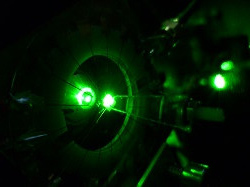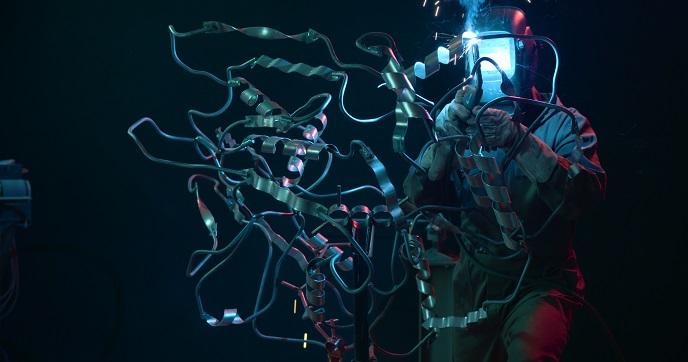Quantum-based neuroimaging holds the promise for advanced brain mapping
A better understanding of the human brain remains both a technical and scientific challenge. But quantum technology could enable us to learn much more about the brain in a non-invasive way that could revolutionise medical science. The EU-funded NEURONQ project, being undertaken and coordinated at Ben-Gurion University of the Negev, Israel, is aiming to develop the building blocks of the technology that will eventually be able to map neural activity. Project coordinator Professor Ron Folman explains that they have not yet got to the stage of being able to construct a working prototype device, but predicts that the consortium of labs working in Europe on this topic would make such a goal achievable within few years. New neuroimaging device The focus is on developing a quantum-based neuroimaging device that will be able to record neural activity in the brain. The device would be so sensitive that it should be able to record activity on the sub-neuron, neuron and neural-network level. Having access to such a system would prove to be highly advantageous for medical professionals, as the device could help them to better detect and track the progress of severe neurological disorders, such as Alzheimer’s, as well as to support further academic research aiming to improve understanding of the human brain. Two types of sensors are being envisioned, one that would map from outside the skull a living human brain, and the other which would map a neural network grown on a surface at very close distances to the sensor, enabling very high spatial resolution. In particular, the system works by exploiting a diamond defect, known as the nitrogen-vacancy defect (NV), in an ultra-sensitive quantum device. NV is a contamination embedded within the lattice of the carbon atoms that form a regular diamond. This device can sense external magnetic and electric fields via its spin states which can be read-out optically using electron spin resonances. When neural activity takes place – or when information is transmitted within the brain – it produces a magnetic field. It is this magnetic field that the device will be able to sense and map. ‘The main challenge is to achieve extremely high sensitivity for very short measurement times and for very small detection volumes. As the neural pulse lasts for only 1 millisecond, we need to be able to detect it within this time window and reset the detector for the next pulse,’ explains Dr. Armin Biess, Marie-Curie fellow and lead researcher in the NEURONQ project. Regarding the second type of sensors being envisioned he adds: ‘As each neuron is only a few micro-meters in size, we need each detector to be of this length so that an array of detectors can each detect the signal of a single neuron. Only then will we be able to fully map the whole network and its individual parts.’ Benefits of new techniques Developing such sensors could replace the need for expensive Computed Tomography (CT) and Magnetic Resonance Imaging (MRI) machines with a simple, cheap quantum-based device, able to record brain activity without perturbing it. ‘The new device will hopefully not suffer from the disadvantages of current imagery techniques,’ comments Dr. Armin Biess. ‘For example, MRI machines require strong magnetic fields which do not allow patients with pacemakers to use them. Meanwhile, CT machines require significant radiation to be used.’ Moreover, the project team expects that the technology could operate in ambient conditions e.g. it would not need very cold temperatures (as those required by MRI magnets or SQUID sensors). This would make it both easy to use and cost-efficient, a distinct advantage for future commercialisation efforts. With the project finishing in May 2016, the NEURONQ team is now actively considering together with other European groups how to progress to the next level and put together the first functioning models of a new device that promises to enhance our understanding of the human brain.
Keywords
NEURONQ, brain, CT, MRI, neuroimaging , quantum technologies, neurons







